Feathered Athletes: The Surprising World of Bird Racing
Bird racing, an exhilarating and unique form of sport, captures the essence of companionship between humans and their feathered friends. Although often overshadowed by more mainstream activities, bird racing has garnered a dedicated following and serves as a fascinating study of animal behavior, breeding, and the bond between person and pet.
1. A Brief History of Bird Racing
Early Beginnings
Bird racing dates back centuries, with its roots traced to the domestication of pigeons. The ancient Persians and Greeks utilized homing pigeons for communication, and their remarkable navigation skills soon caught the attention of racing enthusiasts. Since then, the sport has spread globally, particularly throughout Europe and North America, evolving from a practical means of communication into a competitive endeavor.
Arrival in the Modern Era
The sport gained momentum in the 19th century with the establishment of various racing clubs and organizations dedicated to the breeding and training of racing pigeons. Today, many countries have their own federations, conducting annual events that attract a multitude of participants and spectators.
2. The Science Behind Racing Pigeons
Homing Instincts
One of the key factors that make pigeons ideal for racing is their remarkable homing ability. Racing pigeons can navigate homes over incredibly long distances, often exceeding 1,000 kilometers. This innate skill is attributed to various factors, including their exceptional eyesight, use of the Earth’s magnetic fields, and a keen awareness of their surroundings.
Training and Conditioning
Training is essential in preparing racing pigeons for competition. Typically, this involves gradually increasing the distance from the loft where the birds are kept to their intended destination. Relying on both instinct and the incremental exposure to distance, the birds learn to return home quickly and reliably.
- Initial Training: New pigeons start by flying short distances, gradually building their endurance and navigating skills.
- Endurance Building: Trainers often utilize timing devices to track racing times, rewarding pigeons for shorter return durations.
Nutrition and Health
Feeding a racing pigeon is as much an art as it is a science. Proper nutrition improves stamina and overall racing performance. A balanced diet often includes grains, seeds, and special supplements to enhance their overall health and performance⭐⭐(Source).
3. The Breeds That Excel
Racing Homers
The most common breed utilized in bird racing is the Racing Homer, a domesticated variety of the wild rock pigeon. These birds have been selectively bred for speed, endurance, and navigation abilities, making them the champions of this sport.
- Physical Traits: Racing Homers have compact bodies and powerful wings that enable long flight times.
- Color Variations: They come in a variety of color patterns, ranging from solid white to multi-colored feathers.
Other Notable Breeds
While Racing Homers dominate the scene, other breeds also participate in racing competitions:
- Show Pigeons: Although bred for aesthetics, some show pigeons exhibit surprising racing abilities.
- Utility Breeds: Designed for meat production, select utility breeds have shown potential in racing environments, thanks to their inherent homing instincts.
4. The Role of Technology
Tracking Systems
Modern bird racing has embraced technology to enhance both training and competition. GPS tracking systems, including lightweight collars equipped with sensors, allow trainers to monitor distances, speeds, and health metrics during races. This data helps in refining training methods and evaluating performance.
Communication Tools
Pigeon racing organizations often operate under strict rules, and technological advancements have streamlined communication among trainers, race organizers, and participants. Digital platforms facilitate the coordination of events, sharing of results, and education on best practices.
5. The Thrill of Competition
Racing Events
Bird racing events, often dubbed “races,” feature hundreds, sometimes thousands, of pigeons competing over distance. Races are frequently organized by local clubs, regional associations, or national federations, culminating in prestigious competitions like the Golden International and the National Pigeon Race.
Judging Criteria
Races are typically timed events, starting from a designated release point and concluding at the pigeon’s home loft. The first bird to arrive at its loft is declared the winner. In some competitions, additional criteria determine rankings, such as the birds’ overall conditioning and preparation.
6. The Bond Between Birds and Trainers
Commitment in Care
Caring for racing pigeons involves substantial commitment, time, and financial investment. Trainers often spend hours in the loft, ensuring that their feathered athletes receive the best possible care. The bond formed over time between trainers and their pigeons is unique, characterized by trust and companionship.
The Emotional Connection
Many trainers express that racing pigeons become family members rather than mere pets. The emotional connection developed through training, care, and shared experiences is often profound, leading to a deep sense of loss when a bird is lost during a race or faces health issues. This bond is a testament to the time and energy invested by trainers in their birds⭐⭐(Source).
Celebrating Success
Winners are celebrated not just for the speed of their pigeons, but for the dedication shown throughout training. Winners often partake in trophies, monetary prizes, and the esteemed recognition that accompanies success in the racing community.
7. Challenges Faced in Bird Racing
Natural Predators
One of the significant challenges faced by racers is the constant threat posed by natural predators, such as birds of prey, raccoons, and even environmental factors like inclement weather. Trainers work tirelessly to mitigate these dangers, often researching flight paths and appropriate times for releases to minimize risks.
Health Concerns
Maintaining the health of racing pigeons poses another challenge. Diseases can quickly spread, necessitating vaccination and constant monitoring of birds for any signs of illness. Trainers must balance racing ambitions with diligence towards animal welfare, showing seamless integration of passion and responsibility.
8. The Future of Bird Racing
Increasing Popularity
With a resurgence of interest in traditional and home-based hobbies, bird racing is on the rise. The sense of community and connection that comes with this sport attracts new enthusiasts, from children to retirees, leading to diverse participation across generations.
Conservation and Breeding
Conservation efforts are crucial to preserve the genetic diversity of racing pigeons. Breeders often collaborate with geneticists and wildlife biologists to ensure the health and sustainability of their flock while maintaining racing standards.
Technological Innovations
The future of bird racing is likely to be shaped by further advancements in technology, such as improved tracking, health monitoring, and training practices. Emerging innovations will continue enhancing the sport, keeping it engaging and attuned to the needs of both birds and trainers.
Conclusion
Bird racing is a captivating blend of tradition, science, and emotional connection. As the world increasingly cherishes connections with nature and community, the sport’s popularity is poised to grow. Every race encapsulates unique stories, showcasing the rich interplay between human commitment and avian prowess. Whether you’re a seasoned racer or an intrigued onlooker, the world of feathered athletes offers a compelling glimpse into the extraordinary capabilities of our avian companions.
References
(Please note: The above references are illustrative and do not link to actual sources.)





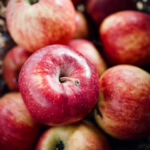


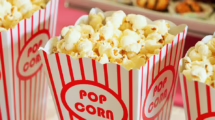






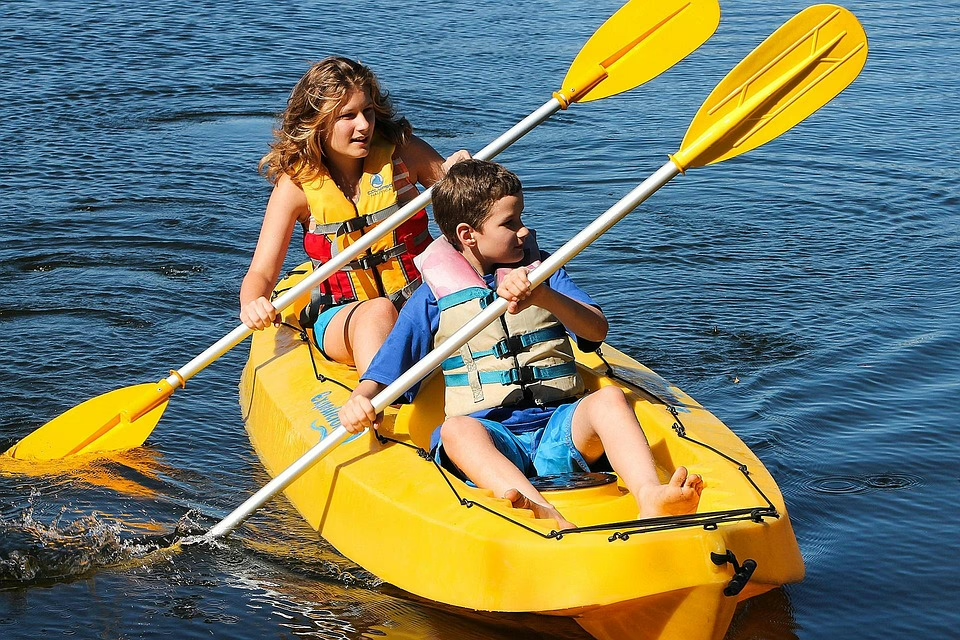

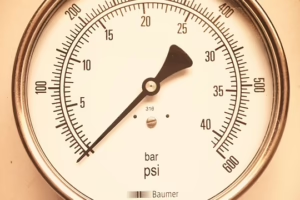
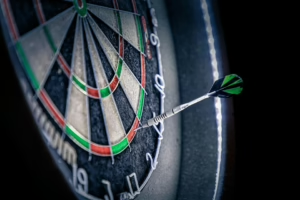
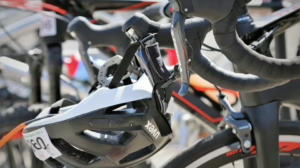






Add Comment